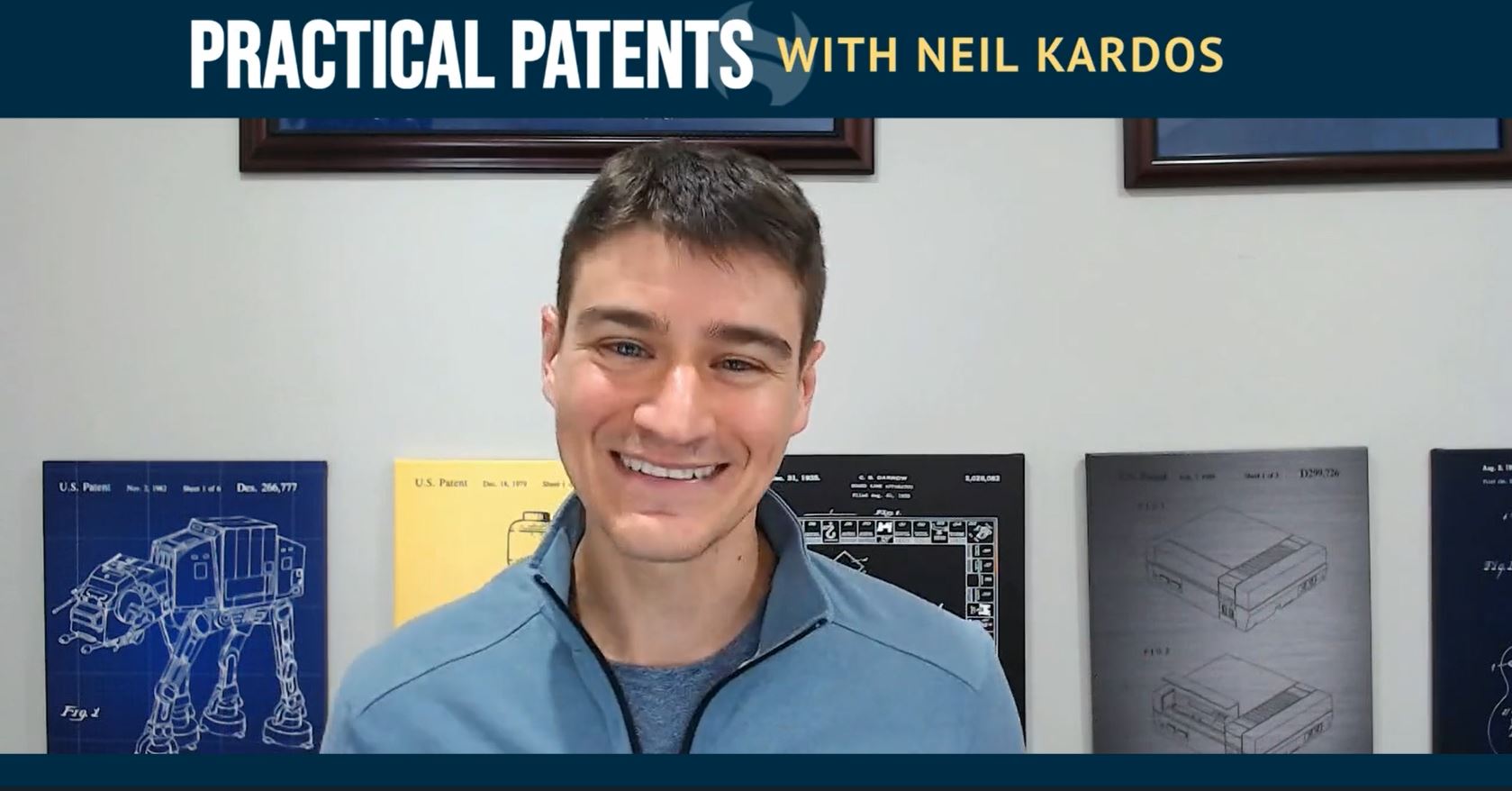Navigating the Pitfalls of “At Least One” in Patent Claims
Greetings, patent enthusiasts! In this latest blog post, Neil Kardos shares some valuable tips on how to avoid common mistakes in patent applications.
When it comes to drafting patent applications, precision in language is crucial. One common mistake is the misuse of the phrase “at least one of.” In patent applications, it is customary to include this phrase to indicate that certain data or elements can be present in different combinations. However, there is a significant distinction between using the word “and” versus “or” in this context.
Let’s consider an example: “Wherein the data includes at least one of a name, an address, or a phone number.” Notice that the word “or” emphasized. Unfortunately, some patent practitioners use the word “and” instead, which can be a mistake.
To illustrate why using “and” can lead to confusion, let’s use a simple analogy. Imagine someone saying, “I’m going to the grocery store, and I’m going to buy at least one of an apple, a banana, and a carrot.” Does this mean they intend to purchase at least one apple, at least one banana, and at least one carrot?
Most patent practitioners would not intend such an interpretation with this statement, but it’s easy to see how this wording could be misinterpreted. In contrast, if the statement were, “I’m going to the grocery store, and I’m going to buy at least one of an apple, a banana, or a carrot,” it would be clearer.
In this revised version, the speaker could buy only an apple, and the statement would still hold true regardless of how you interpret it. Of course, in real-life conversations, nobody talks like this. So, perhaps a simpler approach would be to drop the “at least one of” altogether and say, “I’m going to the grocery store, and I’m going to buy an apple, a banana, or a carrot.”
However, the desire to be explicit about the acceptability of combinations of an apple, a banana, and/or a carrot is understandable. This is where the phrase “at least one of” comes into play. Some practitioners may also include “or a combination thereof” at the end of the list. There are various ways to convey your point clearly, but our recommendation is to avoid saying “at least one of a, b, and c.”
In conclusion, using the word “and” instead of “or” in patent applications when expressing options can lead to confusion and misinterpretation. To avoid this common mistake, it’s essential to choose your words carefully and consider the implications of your language choices. Precision and clarity are key when it comes to drafting successful patent applications.
We hope these tips help you improve your patent drafting skills. Thank you for reading! Don’t forget to come back for more tips in the next installment of the Practical Patents Series.
Note: This blog post is based on the opinions and observations of the author and should not be considered legal advice. Consult a qualified patent attorney for specific guidance on patent application drafting.
Want more tips? Check out other Practical Patents videos with Neil Kardos here!

